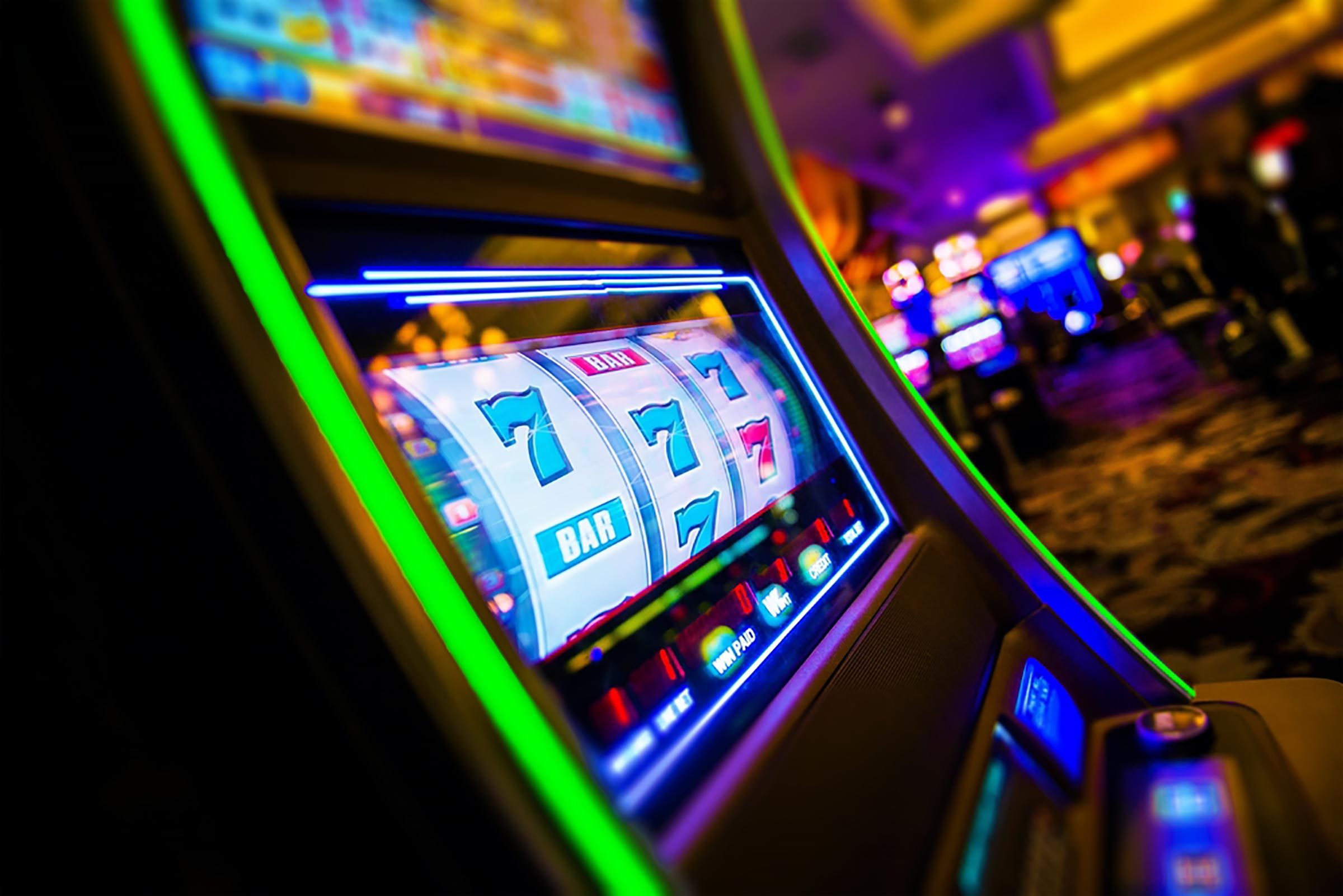
In what way Casino Games Employ Hue and Layout to Attract Participants

Within the dynamic and exciting world of gaming establishments, where luck and tactics intertwine, color and design play a critical role in attracting gamblers. As soon as visitors step into a casino or log into a gaming website, they are immersed in a visual feast that captures their attention and lures them to discover more. Bright colors, captivating graphics, and innovative layouts are meticulously crafted to create an environment of excitement and expectation, ultimately improving the gaming experience.
As players move through the dynamic landscape of casino games, they come across a range of designs that not only serve aesthetic purposes but also influence feelings and choices. Colors like red and yellow symbolize riches and fortune, while soothing blues and greens can create a much tranquil environment. Understanding how these elements function together allows casinos to create an welcoming and energizing atmosphere that encourages players to interact with the games, invest more time at the tables, and increase their overall enjoyment.
The Science of Color in Gambling Games
Tint plays a crucial role in the development of gaming experiences, shaping players' feelings and actions. Bright and vibrant hues, such as crimson and amber, are often used to stimulate excitement and attract focus. These shades create a sense pressure and dynamism, encouraging players to involve themselves more readily with the experience. By thoughtfully selecting hues, creators aim to inspire feelings of satisfaction and anticipation, which can enhance the overall player experience.
Distinct hues also have psychological associations that can influence how gamblers perceive their possibilities of winning. https://u8888.ink/ For instance, emerald is often associated with fortune and wealth, making it a well-liked choice in games like roulette and poker games. This connection can cause players to feel more optimistic and assured in their play, ultimately encouraging them to wager more. Grasping these connections allows game developers to create environments that enhance player enjoyment and engagement.
Moreover, the design of gambling game interfaces often utilizes blended colors and contrasting shades to guide players' responses. For case, winning combinations may be highlighted with bright, opposing shades, creating a visual incentive. This method reinforces positive outcomes and promotes repeated gameplay. By utilizing the science of color, gambling establishments can create activities that not only attract players but also hold them involved and committed in their game experience.
Creative Features that Attract Players
The visual appeal of gambling games is largely influenced by the use of bold colors. Lively and contrasting colors are deliberately chosen to create an appealing atmosphere that grabs interest. For example, reds and golds often signify good fortune and wealth, which is why they are common in the palettes of gaming machines and game surfaces. These colors not only attract players in, but they also evoke emotions associated with excitement and expectation, enhancing the total gaming experience.
In parallel to color, the design and organization of gambling games play a significant role in player attraction. Games are designed to be intuitive, ensuring that players can quickly understand the guidelines and mechanics. Accessible interfaces, along with captivating graphics and animations, help maintain player interest and encourage extended play sessions. The tactile elements, such as the feel of the buttons and the sounds of the games, also contribute to a holistic sensory experience that keeps players engaged.
Finally, conceptual elements in game design can greatly influence player choice. Many gambling games are inspired by media, myths, or exploration motifs, incorporating symbols and characters that resonate with players. These themes create a sense of engagement and relatability, making each game feel unique. When players feel a bond to the theme, they are more likely to choose that game over others, leading to increased participation and enthusiasm within the casino environment.
Case Studies: Notable Gambling Table Game Designs
One key example of successful gambling game design is the popular slot machine series based around hit movies. Games such as those based on the The Wizard of Oz and Game of Thrones utilize dynamic colors and high-quality graphics to enthrall players in familiar narratives. The use of lively visuals and captivating sound effects takes the focus of players, building an emotional connection to the theme. This approach not only encourages longer play but also improves the overall gaming experience, leading to increased player retention.
Another notable case is the application of color in table games like 21 and the wheel. Casinos often create these games with deep reds and greens, colors traditionally connected with luck and wealth. For instance, the emerald felt on a blackjack table provides a calming effect, while the red accents in the wheel invite excitement. This thoughtful use of color helps to create an inviting atmosphere that motivates players to engage, fulfilling their psychological impulses and boosting their enjoyment.
Finally, online casino games that include community features and vivid, colorful designs have seen remarkable success in engaging players. Games like Zynga's Poker and Slotomania leverage bright colors and playful animations to establish an inviting online environment. The inclusion of leaderboards, social sharing options, and in-app rewards fosters competition and community, pulling players in for longer sessions. u 888 Such designs not only make the games visually appealing but also emphasize community engagement, a key factor in player retention and engagement within online casino environments.